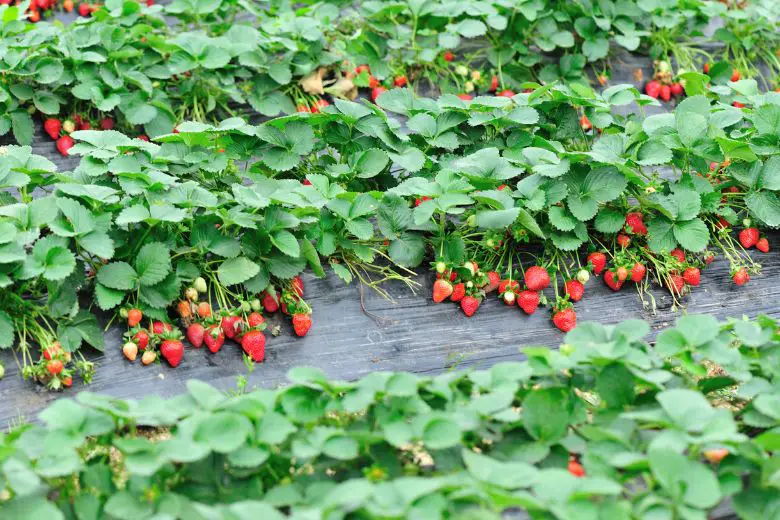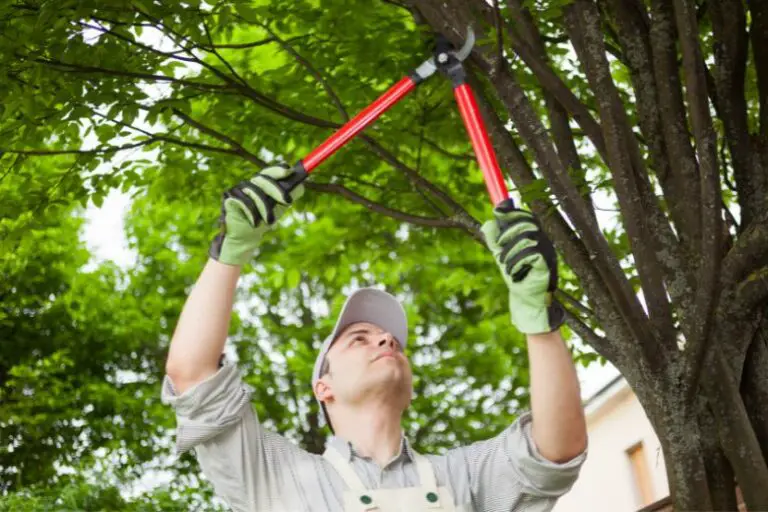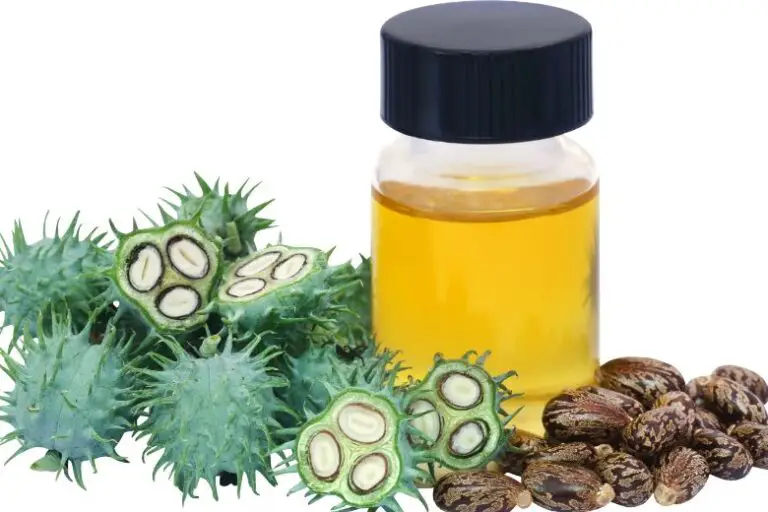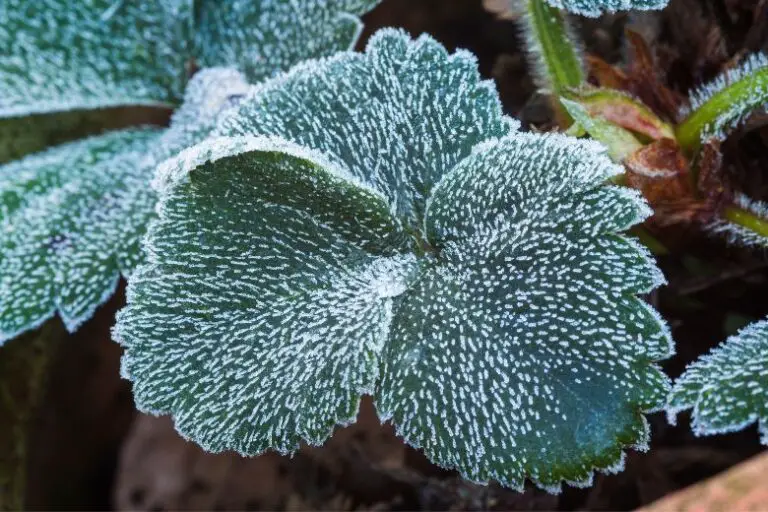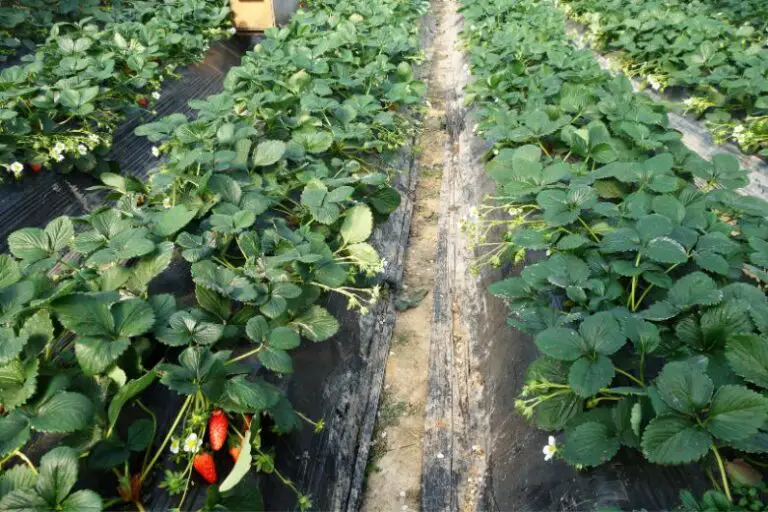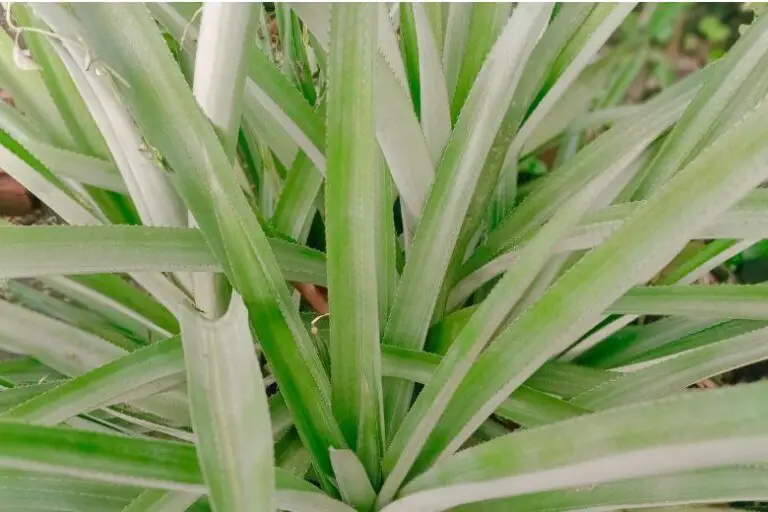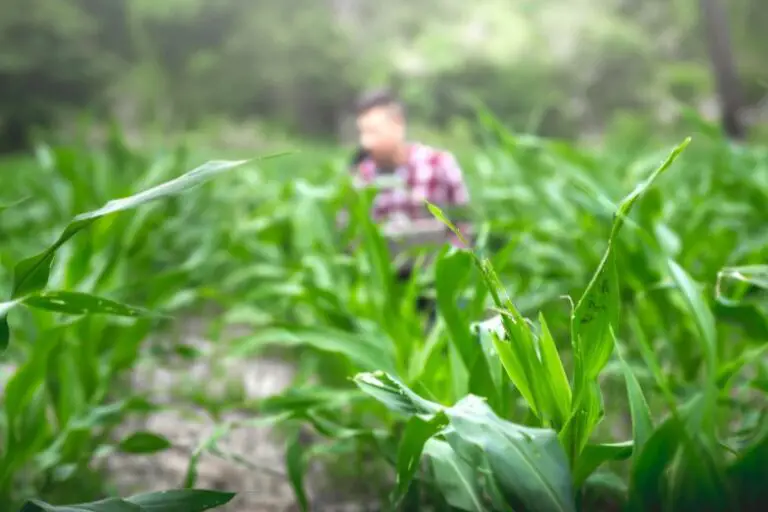When to Plant Strawberries in Massachusetts
Planting strawberries in Massachusetts requires careful consideration of the climate and growing conditions. Whether you’re a seasoned gardener or a beginner looking to start your strawberry patch, timing is crucial for a successful harvest.
Understanding Massachusetts Climate
Massachusetts experiences a temperate climate with cold winters and warm summers. The USDA hardiness zones in the state range from 5b to 7a, indicating the average minimum winter temperature. This information is essential in determining the right time to plant strawberries.
Selecting Strawberry Varieties
Before you plant, choose the right strawberry varieties that thrive in Massachusetts. Some popular options include Earliglow, Honeoye, and Allstar. These varieties are well-suited to the climate and provide delicious berries.
Preparing the Soil
Strawberries prefer well-draining, slightly acidic soil rich in organic matter. Prepare your soil by tilling it to a depth of 6-8 inches and adding compost to improve its texture and fertility.
Choosing the Planting Time
The optimal time for planting strawberries in Massachusetts is during the early spring or late spring, depending on the variety and the local frost dates.
Early Spring Planting (March – April)
For early spring planting, start indoors in late winter. Plant seeds in trays and keep them in a sunny location. Transplant the seedlings outdoors once the danger of frost has passed.
Late Spring Planting (May – June)
Late spring is suitable for planting bare-root or container-grown strawberry plants. The soil has warmed up by this time, providing an ideal environment for growth.
Planting Techniques
Plant strawberries in well-spaced rows, ensuring proper air circulation. Dig holes that are large enough to accommodate the roots. Place the plants at the same depth as they were in their containers and gently firm the soil around them.
Mulching and Watering
Apply a layer of straw mulch around the plants to suppress weeds and retain soil moisture. Water the plants regularly, especially during dry periods.
Caring for Young Plants
Pinch off the first flowers that appear to encourage stronger root and foliage growth. This will lead to more robust fruiting in the following year.
Dealing with Frost
Be prepared for late spring frosts in Massachusetts. Cover your strawberry plants with frost blankets or old bedsheets to protect them from cold snaps.
Managing Pests and Diseases
Keep an eye out for common pests like aphids and slugs. Use organic pest control methods to protect your plants. Additionally, ensure good air circulation to prevent fungal diseases.
Harvesting Strawberries
Strawberries are typically ready for harvest in late spring to early summer, around June to July. Pick the berries when they are fully red and plump.
Extending the Growing Season
To extend the strawberry growing season, consider using row covers or high tunnels. These structures can help protect the plants from extreme weather conditions.
Conclusion
Planting strawberries in Massachusetts can be a rewarding endeavor with the right timing and care. By understanding the local climate, selecting appropriate varieties, and following proper planting and care techniques, you can enjoy sweet and juicy strawberries from your own garden.

